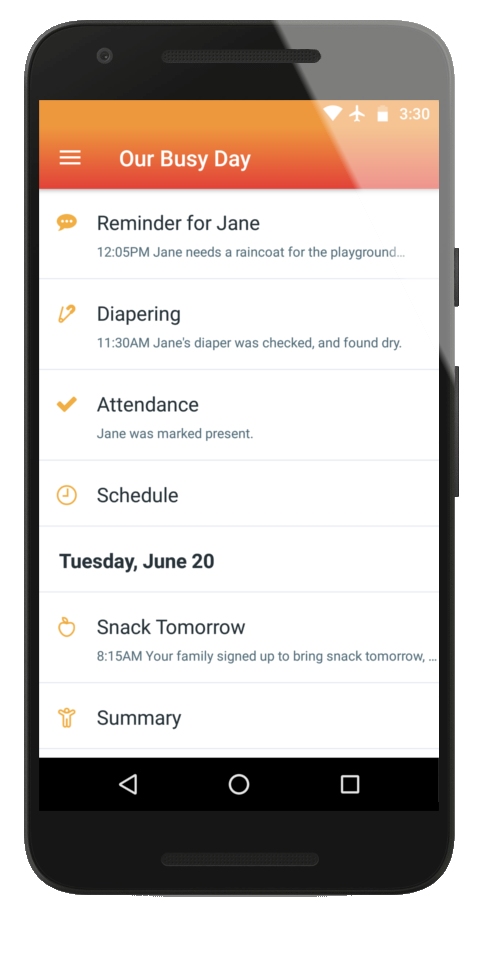iActive Learning RSS Feed
 April 29th is Arbor Day. Trees are an important part of our world. Use this week to plan for a tree planting on Arbor Day. Make sure each child has a job they can do so they will feel a part of the big event.
April 29th is Arbor Day. Trees are an important part of our world. Use this week to plan for a tree planting on Arbor Day. Make sure each child has a job they can do so they will feel a part of the big event.
If you are not able to plant a real tree, you can create one in your classroom. Talk to the children about trees. Trees help keep our air clean, they give us shade on sunny days, and they are homes to critters such as birds and squirrels.
Now ask the children why they think trees are important. Most will give you the answers above. A few may be more creative! Whatever their answers, record each idea on a green square of construction paper. Have the children cut around the words to make leaves. Use the leaves to create a tree on the wall in your classroom.
Check this week’s free lesson plan for more ideas on how to incorporate planting a tree with your children.

 Last week we suggested having the children plant seeds. Once the plants are growing, we can use them to learn how to chart growth.
Last week we suggested having the children plant seeds. Once the plants are growing, we can use them to learn how to chart growth.
A graph showing the growth of our new plants is a fun way to teach measuring. Use butcher paper or poster board to make the chart large enough for all the children to see clearly.
Children may need a little help in learning how to measure. Use real or plastic plants of different sizes. Demonstrate how to hold the ruler against the plant. Mark down the height. Now measure plants of different sizes. Can they see the difference? Let the children practice measuring.
Plant growth might be a little slow for some children. Some may be expecting several feet of growth a day! This might be a good time to share a good story.
Check the Children’s Book section on your free lesson plan for ideas.
 How can living things grow from tiny to tall? How do flowers grow from little seeds?
How can living things grow from tiny to tall? How do flowers grow from little seeds?
The best way to teach growth is to have the children grow their own plants. Instead of the usual paper cup, why not use unusual planters? A soup can, a milk carton, or even a shoe can become a unique planter. You can teach a lesson in recycling at the same time!
With younger children, you may want to use small plants. With older children, you might consider planting seeds and watching them grow. Be sure you plant extra to insure all the children end up with a growing plant.
Use Circle Time to discuss with the children what plants need to grow. Show them different seeds and ask if they can guess which plant comes from what seed. Their answers may surprise you!
Check out our free lesson plan for ideas on seeds to show the children.
 Little shoots of grass and flowers are beginning to emerge from the cold hard ground of winter. This is an ideal time to use classroom time to talk about living things! Children love to talk about themselves. What could be a better way to help them learn about growing?
Little shoots of grass and flowers are beginning to emerge from the cold hard ground of winter. This is an ideal time to use classroom time to talk about living things! Children love to talk about themselves. What could be a better way to help them learn about growing?
Begin with a picture of a puppy and grown dog. Use this sign of growth to talk about how living things grow while nonliving things do not. Other pictures will help the children make a choice between things that are living and things that are not living. Check out our free lesson plan to see other ideas for comparing objects that are not alive and objects that are alive.





